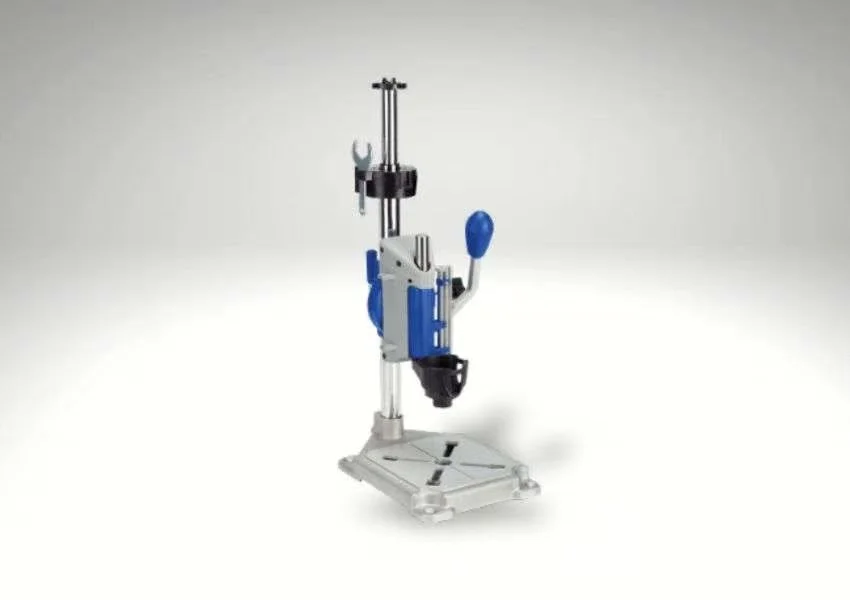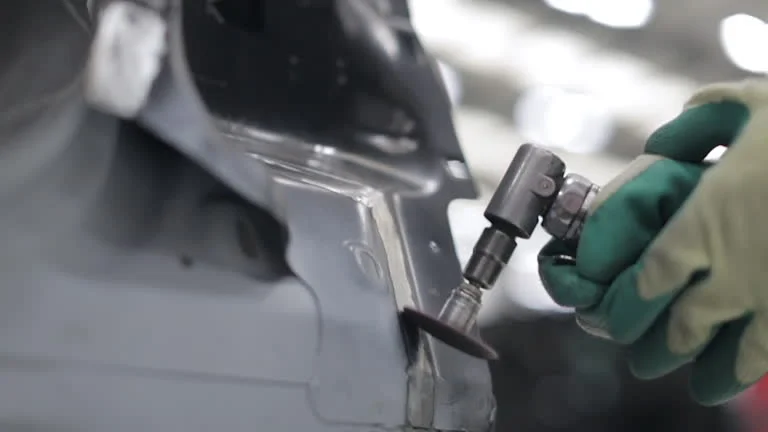Planers are essential tools for achieving smooth, even surfaces on wood. After using various models over the years, I understand their significance in woodworking projects. My experience has shown that a quality planer can save time and enhance precision. This review will explore top planers available today, focusing on performance, ease of use, and value for money. Readers will gain insights into which planers meet their needs best and how to choose the right one for their projects. Investing in a reliable planer can elevate any woodworking endeavor significantly.
Key Takeaways
● When choosing a planer, look for key features like adjustable cutting depth and powerful motor performance to ensure versatility and efficiency in your projects.
● A lightweight design can enhance maneuverability, making it easier to handle the tool during extended use.
● Consider planers with rabbeting capability if you often work with edges or joints, as this feature adds more functionality.
● A reversible dust chute is essential for keeping your workspace clean and improving visibility while you work.
● Always refer to the buying guide for tips on selecting the right planer based on your specific needs and project requirements.
● Remember to compare different models and read reviews to find the best planer that fits your budget and performance expectations.
- Powerful 15 amp, 20,000 rpm motor handles larger, deeper cuts in hardwoods.
- Three-knife cutter head with 10,000 rpm cutter-head speed provides 96 cuts per inch, one of the finest finishes of any portable planer
- Disposable, reversible knives deliver 30% more knife life and make knife change fast and easy.
- Four-column carriage lock drastically reduces the movement that causes snipe
- Extra-long infeed and outfeed tables provide 33-1/2" of material support.
Key Features
The kickstand is a crucial feature. It keeps the planer stable when not in use. I found this especially helpful when I needed to pause during a project. It prevents any accidental blade contact with my workpiece, which is a big plus for safety.
Another important aspect is the ease of blade replacement. I appreciate that I can quickly switch out the blades when they dull. This saves time and keeps my projects running smoothly. The reversible blades offer flexibility, too. I can flip them to extend their life without needing new ones right away.
The included dust bag is another handy feature. It helps keep my workspace clean while I work. However, the dust collection could be better at times. I noticed some debris escaping during heavy use.
The parallel fence bracket is useful for making straight cuts. It guides the planer along edges accurately. This feature made it easier for me to achieve consistent results on my boards.
Adjustable Cutting Depth
The 16 positive stops provide precise depth control. This feature allows me to adjust the cutting depth easily from 0 to 1/8 inches. I find this flexibility essential for various projects, whether I’m working on fine details or heavy-duty tasks.
For lighter jobs, I can set a shallow depth. It helps achieve a smooth finish without removing too much material. On the other hand, when tackling thicker woods, the ability to go deeper makes a significant difference in efficiency.
I’ve used this planer on both soft and hard woods. The motor performs well in both cases, delivering consistent results. However, I noticed that it can struggle with extremely dense materials, requiring slower passes.
Rabbeting Capability
This planer can make rabbets up to 1 inch deep. This feature is essential for various woodworking tasks. I found it helpful when creating joints that required precise depth.
The included 5/16 inch rabbeting guide enhances accuracy. It allows me to achieve clean edges and smooth finishes. I appreciate how easy it is to set up and use this guide. It gives me confidence in my cuts, especially on larger projects.
Versatility is another strong point of this planer. It adapts well to different types of wood and projects. Whether I’m working on furniture or simple repairs, the adjustable cutting depth meets my needs.
However, I noticed that adjusting the depth can take a bit of time. If you’re in a hurry, this might slow you down. But for detailed work, this precision is worth the wait.
Lightweight Design
Weighing only 6 pounds, this planer is incredibly easy to maneuver. I found it simple to handle during extended projects, which greatly reduced my fatigue.
Its lightweight design allows for quick adjustments while working on different tasks. I could easily shift from one area of my workspace to another without feeling strained. This feature is essential for anyone who plans to use the tool for long hours.
The compact size also makes storage and transport a breeze. When I finished a project, I could simply tuck it away in my workshop without taking up much space. It fits neatly in my toolbox, making it convenient for on-the-go jobs.
However, some users may prefer a heavier tool for stability during operation. While I appreciate the lightweight nature, it can feel less sturdy when tackling larger pieces of wood.
Reversible Dust Chute
Switching the dust direction is incredibly easy. With just a flick, I can change where the sawdust goes. This feature keeps my workspace tidy and free from clutter.
I found this especially helpful when working on larger projects. The last thing I want is to trip over sawdust piles while moving around. It makes a noticeable difference in how clean everything stays.
The lightweight design is another advantage. Weighing only about 6 pounds, it feels manageable even during longer sessions. I’ve used heavier planers before, and they can be tiring to handle. This one allows me to work for hours without straining my arms.
It’s also designed for everyone. Whether you’re left-handed or right-handed, you won’t feel any discomfort using it. I appreciate that because it makes it accessible for anyone in my workshop.
Overall, the lightweight nature enhances productivity. It balances power and usability effectively.
Powerful Motor Performance
Motor power is crucial for effective performance. I found that a strong motor helps the planer handle tough materials with ease. It ensures the dust chute operates efficiently, keeping my workspace clean.
Adjustable features add flexibility to projects. I appreciate being able to change the direction of the dust chute quickly. This allows me to work in tight spaces without worrying about sawdust flying everywhere.
Additional accessories can enhance the value of the planer. The included dust bag is handy, but I sometimes wish for a larger one. A bigger bag would mean less frequent emptying during longer projects.
I’ve also noticed that not all planers come with a reversible dust chute. This feature sets some models apart, making them more versatile for different setups. In my experience, it has made a significant difference when working on various surfaces.
Buying Guide
When choosing a planer, consider the type of projects you plan to tackle. If you’re working on small DIY tasks, a compact model may be sufficient. However, larger projects might require a more robust option.
Evaluate the ease of use. I found that some models are easier to handle than others. A user-friendly design can make a big difference, especially for beginners. Look for features like comfortable grips and simple controls.
Check the warranty offered by the manufacturer. A solid warranty indicates confidence in the product’s durability. I appreciate when companies stand behind their tools, as it provides peace of mind during my woodworking projects.
Consider the availability of replacement blades. Some planers have easily replaceable blades, which is a major plus in my book. This feature can save time and hassle down the line.
Lastly, think about storage and portability. If you have limited space, a lightweight model may be ideal. I often need to move my tools around, so weight and size are important factors for me.
Frequently Asked Questions
What is the motor performance of the WEN 6530 Electric Hand Planer?
The WEN 6530 features a 6 Amp motor capable of delivering up to 34,000 cuts per minute, ensuring efficient and effective material removal.
How adjustable is the cutting depth on this planer?
This model offers 16 positive stops for cutting depth adjustments, ranging from 0 to 1/8 inches, allowing for precise control over material thickness.
Can the WEN 6530 handle rabbeting tasks?
Yes, it can make rabbets up to 1 inch in size using the included 5/16 inch rabbeting guide, making it versatile for various woodworking projects.
Is the WEN 6530 easy to transport?
Absolutely. Weighing only 6 pounds, its lightweight design makes it highly portable and convenient for both professional and DIY users.
Does it come with a dust collection feature?
Yes, the WEN 6530 includes a reversible dust chute that allows users to easily change the direction of sawdust discharge from left to right.
What safety features does this planer have?
The kickstand prevents unintentional blade-to-workpiece contact during rest periods, enhancing user safety while working on projects.
Are the blades replaceable on the WEN 6530?
Yes, the blades are reversible and designed for easy replacement, ensuring optimal performance and longevity of the tool.
Summary
The review highlights essential features of various planers, emphasizing their motor performance, adjustable cutting depth, and lightweight design. Each product’s specifications are compared to help users make informed decisions. The analysis also covers the importance of a reversible dust chute and rabbeting capability, crucial for efficient woodworking.
Selecting the right planer enhances project quality and efficiency. The insights provided empower users to choose models that align with their needs. By considering the buying guide, they can navigate options effectively. For those seeking to elevate their woodworking experience, exploring these recommendations is imperative. Engage with the available choices and invest in a planer that meets specific requirements for optimal results.





